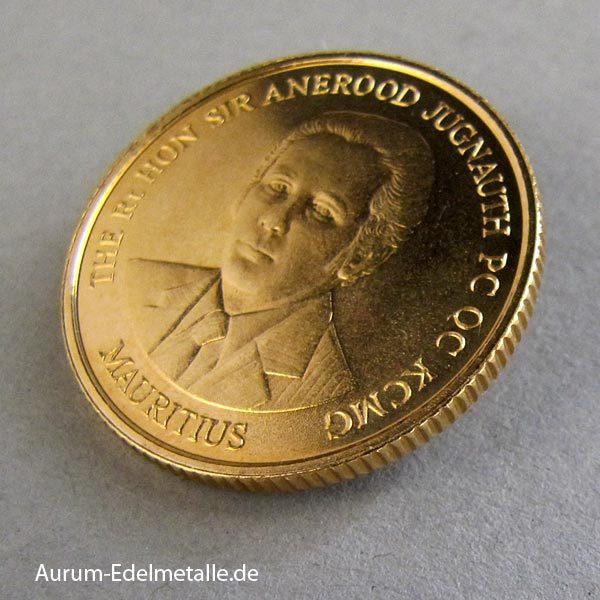Exploring Mauritius: A Gem in the Indian Ocean

Introduction
Located in the Indian Ocean, Mauritius is often hailed as one of the world’s most breathtaking island destinations. Its unique blend of stunning landscapes, vibrant culture, and rich history not only makes it a popular tourist spot but also contributes to its growing economy. As the tourism sector rebounds post-pandemic, understanding what Mauritius has to offer is crucial for both potential visitors and global investors.
A Paradise for Tourists
With its pristine beaches, lush forests, and coral reefs, Mauritius offers a plethora of activities for tourists. Visitors can immerse themselves in the natural beauty of the island by exploring the Black River Gorges National Park or indulging in water sports like diving and snorkelling at Trou aux Biches. The island’s hospitality, showcased in its world-class resorts and fine dining options, adds to its allure.
Cultural Richness
The cultural landscape of Mauritius is a mosaic of influences, stemming from its diverse population, which includes descendants of French, British, Indian, and African descendants. Festivals such as Diwali and Eid are celebrated with great enthusiasm, attracting both locals and tourists alike. The vibrant local markets offer a taste of the island’s culinary delights, including dholl puri and the famous Sega music and dance.
Economic Impact and Future Growth
As the world gradually moves past the COVID-19 pandemic, Mauritius is witnessing a resurgence in tourism. In 2023, tourist arrivals have increased significantly compared to previous years, indicating a robust recovery. According to the Mauritius Tourism Promotion Authority, the nation is on track to welcome over 1.5 million tourists by the end of the year. This uptick is expected to have a significant positive impact on local businesses and employment.
Environmental Considerations
While the tourism renaissance is promising, it is not without challenges. Mauritius faces environmental concerns, particularly concerning the sustainability of its natural resources. The government has initiated various conservation projects aimed at protecting its ecosystems while balancing economic growth. Tourists are encouraged to participate in eco-friendly tours and practices that help sustain the island’s beauty.
Conclusion
As Mauritius positions itself as a premier tourist destination, the balance between economic growth and environmental preservation becomes increasingly vital. For potential visitors, the island promises not just a getaway but an enriching experience. As international travel continues to recover, Mauritius remains a perfect example of a destination that harmoniously blends beauty and culture, making it a must-visit for any travel enthusiast.





